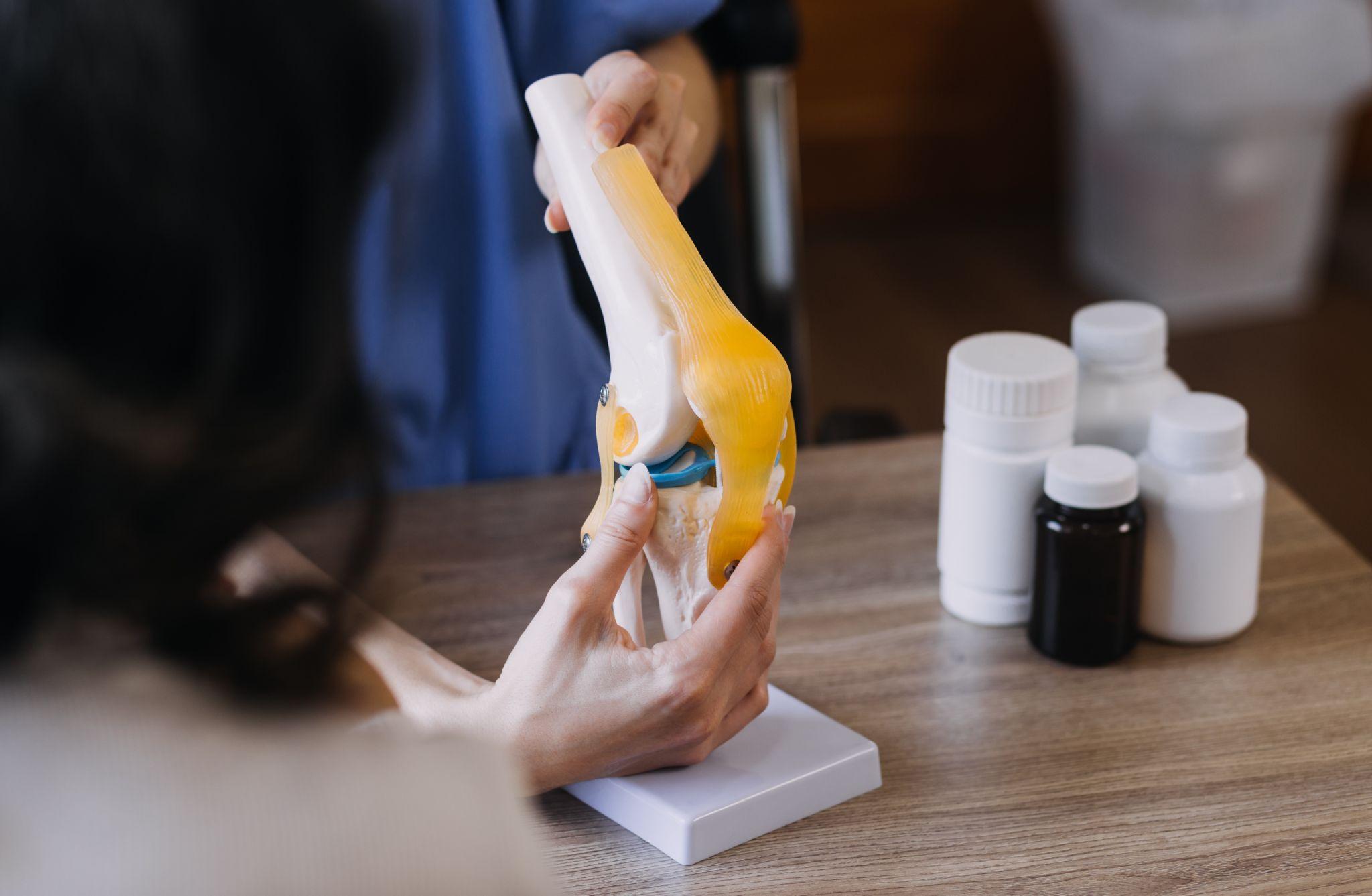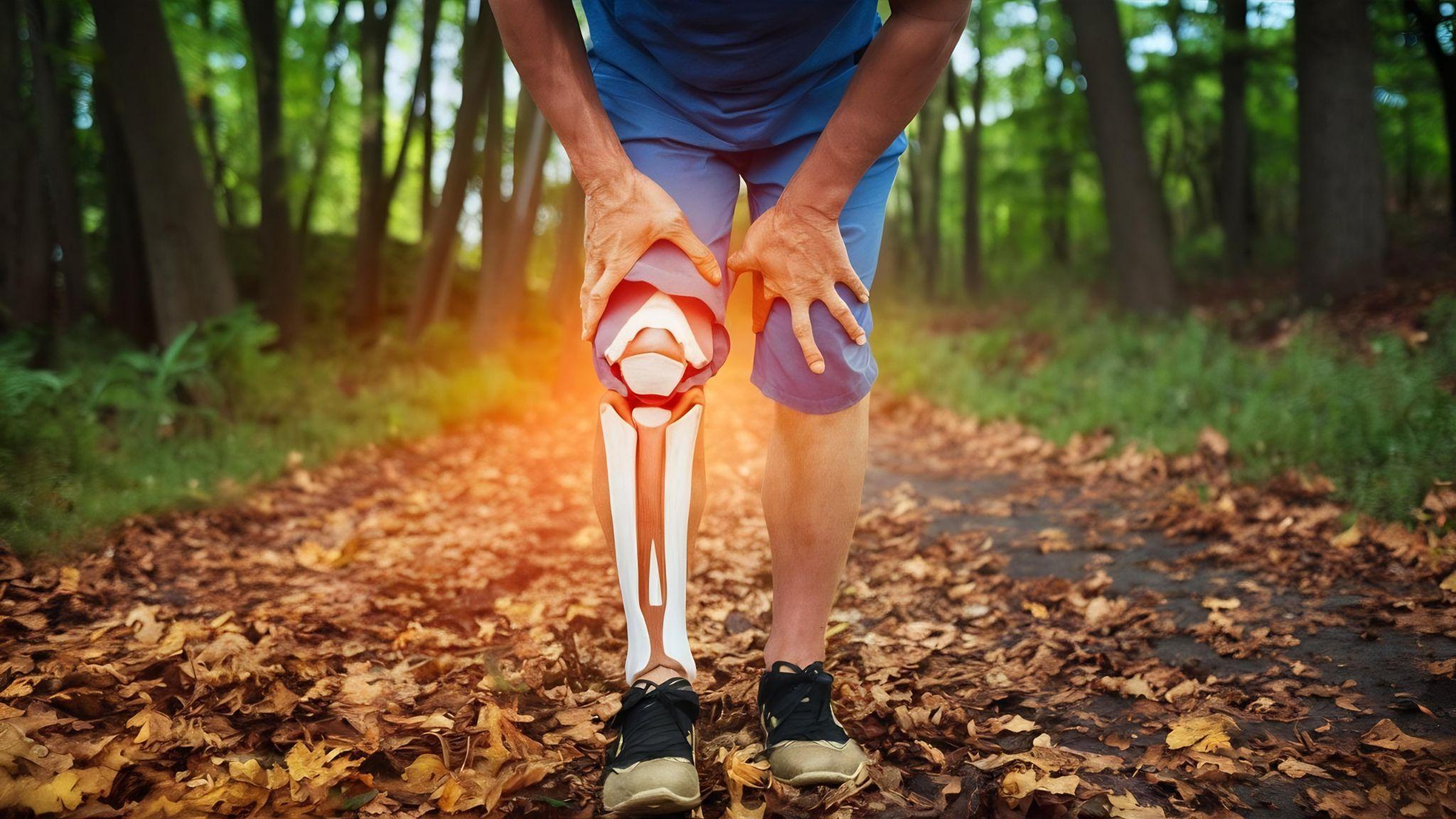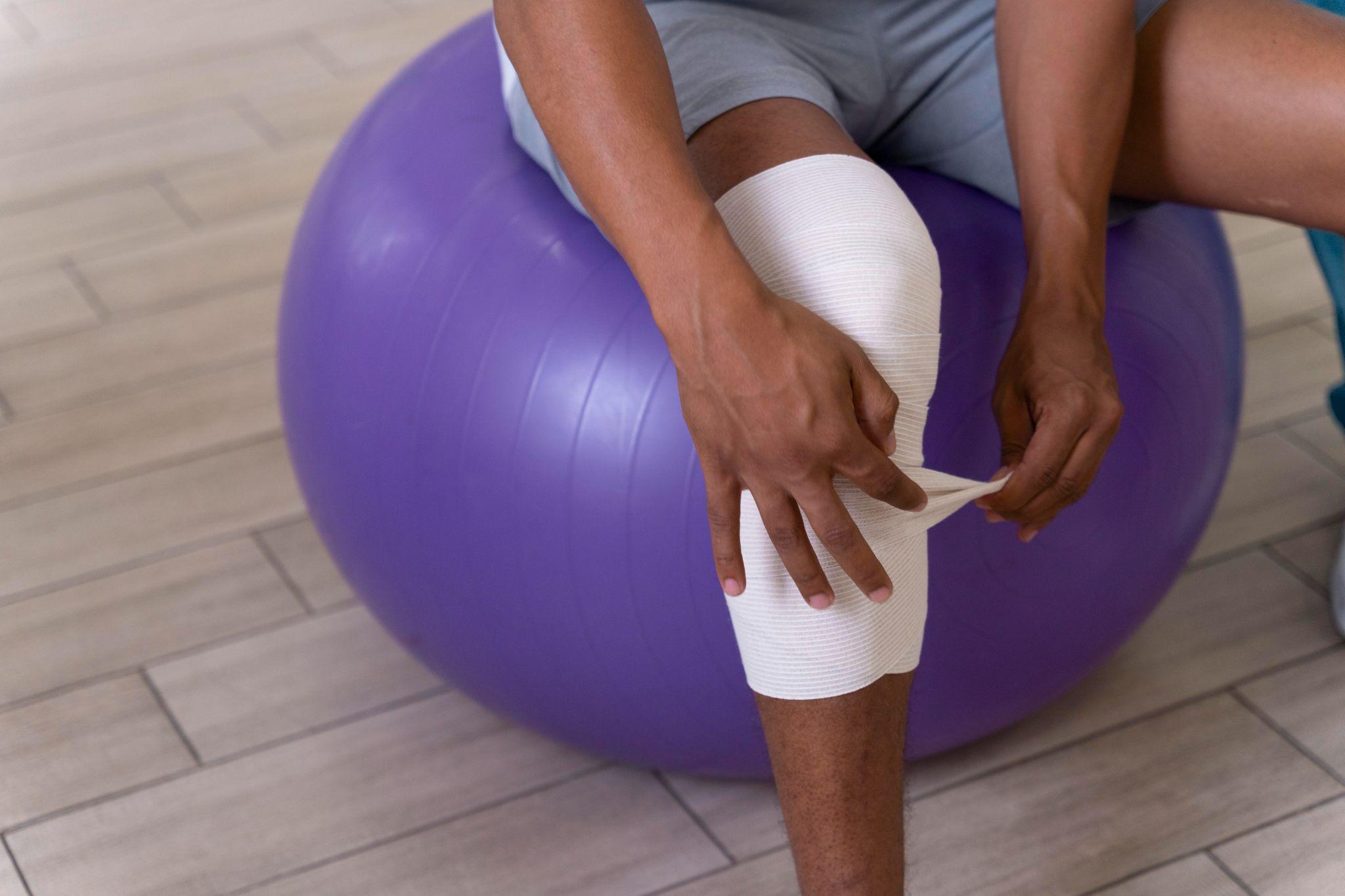Common Mistakes That Prevent Bone Healing and How You Can Avoid Them?

Uncontrolled Medical Conditions like Diabetes, osteoporosis, or poor circulation can delay recovery if unmanaged.
When you have a broken bone, your body repairs the break on its own. It might take weeks or months, depending on your age, health, and the nature of your break. Though time plays an important role, your healing process also happens based on the precautions that you take during the recovery period. Most people are unaware that they are making errors that extend the healing time of their bones. These errors make recovery a more painful process, even longer in duration, or, worst of all, permanent.
In this blog, we will discuss bone healing and not how to respond to your healing period. If you or someone under your care just had a fracture, this article will clarify bone healing dos and don'ts for you. Let’s see how bones heal and the most common errors that prevent them.
How Bone Healing Works
Bone healing is an automatic process and follows three stages:
Inflammatory Phase: This is the initial body response to a fracture. When a fracture is caused, the initial response is swelling and inflammation to protect the area and bring repair cells to the location. This usually takes a few days.
- Repair Phase: Your body forms a soft tissue known as a callus around the fractured bone during this time. The callus develops into bone over time. This process may take from a few weeks to several months.
- Remodeling Phase: New bone is shaped and made stronger. This process may go on for numerous months, although the pain has dissipated.
The entire healing time depends on several factors, such as your age, the location of the break, the severity of the break, and your overall health. The bones tend to heal in 6–12 weeks, but in complicated cases, it would take longer.
Rest, nourishment, and proper medical care are not negotiable under the process. Without these, the healing would be delayed and even stopped.
Errors That Delay Bone Healing
Let us now look at the most frequent mistakes people make while bone healing and how these undermine recovery.
1. Not Adhering to the Doctor's Orders Appropriately
The most significant contributing factor to delayed healing is failing to follow or misinterpreting the doctor's orders. This includes:
- Missing follow-up appointments
- Removing a cast or splint too early
- Not adhering to activity restrictions.
Doctors provide you with the proper recovery plan according to your injury. If you don't adhere to it strictly, you might get injured again or heal incorrectly. Dispel all confusion and take directions seriously.
2. Poor Nutrition
Your bones require the proper nutrients to heal. Most people continue to consume unhealthy food or simply do not eat healthily when recovering. It impacts recovery and demineralizes bones.
Good recovery requires your diet to consist of:
- Protein – constructs and re-shapes tissues
- Calcium – calcifies bone
- Vitamin D aids the use of calcium.
- Vitamin C – triggers the creation of collagen.
Skipping whole meals or eating junk food can lead to vitamin deficiencies that will decelerate bone formation.
3. Smoking and Alcohol Consumption
Smoking is most likely the worst vice for bone healing. It will cut down on blood flow, so your bone receives fewer oxygen and nutrients. Alcohol has a comparable effect and also prevents calcium absorption and bone cell function.
Social drinking or smoking, even just during rehab, can lead to issues. Do not smoke, drink tobacco, or alcohol during your bone's healing process.
4. Too Much Activity in the Affected Limb Too Soon
Most individuals go back to their routine too early, thinking the bone has healed because pain decreases. However, putting weight or stress on the broken bone when not yet solidly united could result in reopening or worsening of the fracture.
Wait for your physician to give you clearance before resuming regular activity. Swelling or soreness after exercise is your body telling you to slow down.
5. Insufficient Movement (When Movement Is Ordered)
Too much movement is detrimental to healing, yet immobilization has its issues, too. Physicians or physiotherapists instruct minimal exercises or movement at the right time. The movements keep joints and muscles from stiffening and wasting away.
Avoidance of such treatment movements causes long-term complications such as weak muscles, stiff joints, or weakened healing. Do what your physical therapist instructs you to do and seek help if you are confused.

High cortisol levels negatively affect bone repair.
6. Premature Stopping of Medications or Self-Treatment
Overuse of pain medication from pharmacies without a valid prescription is not recommended. Some drugs, particularly NSAIDs such as ibuprofen, delay bone healing when overused.
Stopping medications like antibiotics, calcium, or vitamins without first discussing it with your doctor may also slow down healing. Complete the full course of the medicine and consult with your doctor before making any changes.
7. Underlying Medical Illness
If you possess medical conditions such as diabetes, osteoporosis, or circulatory problems, they will interfere with bone healing. The majority of individuals fail to report such conditions to the physician or even do not take care of them during recovery.
These medical conditions reduce your body's ability to heal your bones efficiently. Take care of your body's health and report any past or ongoing medical conditions to your physician.
8. Infection or Unhygiene at the Site of Injury
If you have suffered a wound or operation near your break, the site must be kept clean. Infection can halt healing and may even require a second operation.
Avoid touching your surgical site or wound with unclean hands, and avoid reusing unclean bandages. If you experience pus, foul odor, or redness, notify your physician at once.
9. Stress and Poor Sleep
Your body works around the clock to heal, and most of this work is done during sleep. Poor sleep can retard bone mending. Stress is also detrimental since it boosts hormones such as cortisol that disrupt healing.
Try to rest as much as possible and avoid mental or physical stress. A calm, relaxed body heals faster.
10. Wearing Improper Support or Cast
Casts, braces, and splints are made to hold your bone in place. Too loose, too tight, or broken, they will continue to cause injury or pressure sores.
If you are hurting, notice any swelling or redness, or if the cast is wet, inform your doctor. Never attempt to break it or re-adjust it yourself. Your bone must be held correctly for it to heal properly.

Skipping Physical Therapy and lack of guided exercises weakens bone and joint function.
How to Avoid These Mistakes?
To heal your bone well and soon, keep the following in mind:
- Obey doctor's instructions: Attend all follow-up appointments, take all medication as prescribed, and do not skip physiotherapy.
- Consume healing food: Have protein food, milk, spinach, fruits, and nuts in your diet.
- Give up smoking and alcohol intake: Abstinence for even a few days during recovery makes a huge difference.
- Don't haste back: Walk or lift only with your doctor's permission.
- Develop hygiene routines: Wash hands before handling or dressing, and remove bandages as instructed.
- Rest well: Rest for 7–8 hours per night, and reduce unnecessary stress.
Monitor health conditions: Manage blood sugar, blood pressure, and other chronic conditions during recovery.
Conclusion
Bone healing is a procedure that is done automatically, but it does need your full attention and care. Stay away from common blunders such as poor dieting, self-medication, or overuse of the limb too soon. With proper dieting, cleanliness, and proper medical care, your body is well enough to heal itself.
Always remember, you have to heal with time. Be regular and follow your doctor strictly. Whatever you do today will make you return to everyday life earlier and stronger.